Blazing a new trail in drug discovery
Article Highlights
- Xuefei Huang of Michigan State University is part of a national team of chemists doing cutting edge research on carbohydrates that could lead to new drug candidates for treating cancer, brain disease, autoimmune disorders and more.
- The team includes researchers at University of North Carolina, Chapel Hill, the California Institute of Technology and Indiana University, Bloomington.
- The researchers have developed a systematic approach for synthesizing complex biological sugars known as glycosaminoglycans with well-characterized structures so they can be explored for biological activity and pharmaceutical potential by the broader research community.
It’s not that Xuefei Huang of Michigan State University doesn’t have a sweet gig. After all, he’s a professor of chemistry and biomedical engineering who studies sugars.
It’s just a lot more complicated than most people realize.
“Carbohydrates — complex sugars also known as glycans — are everywhere,” says Huang, who works in the Institute for Quantitative Health Science and Engineering, or IQ, at MSU.
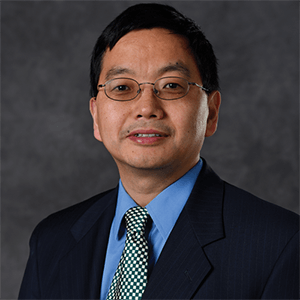
“They’re in food, wood, our clothing,” Huang continues. “They’re also on the surface of human cells and bacterial cells. Even viruses, including the coronavirus, have glycans on their surface.”
At the molecular level, glycans are often the first point of contact between our bodies and unwelcome guests, including cancer cells.
“Cancer cells have sugars on their surface that reduce immune interactions,” Huang says. “If they didn’t have those, cancer wouldn’t be cancer. Our immune systems would take care of it.”
Glycans made by cells don’t get the publicity of other biomolecules like DNA and proteins.
Still, these carbohydrates are critical components of myriad biological processes and, as such, could contain undiscovered functions that could help treat cancer, brain disease and many other conditions.
So sugar doesn’t just help the medicine go down; sugar can be the medicine.
To identify new glycan drug candidates, though, researchers need to get a better handle on the fundamentals — including the forms and functions — of many biologically important glycans. Complicating this problem is the fact that glycans come in all shapes and sizes.
In biology and chemistry, subtle differences between two nearly identical molecules can make outsize differences.
But Huang believes confronting those complexities and unraveling those mysteries is a mountain worth climbing. And he’s not alone. About a decade ago, with support from federal funding agencies, he helped forge a collaboration that’s creating a new paradigm in this field.
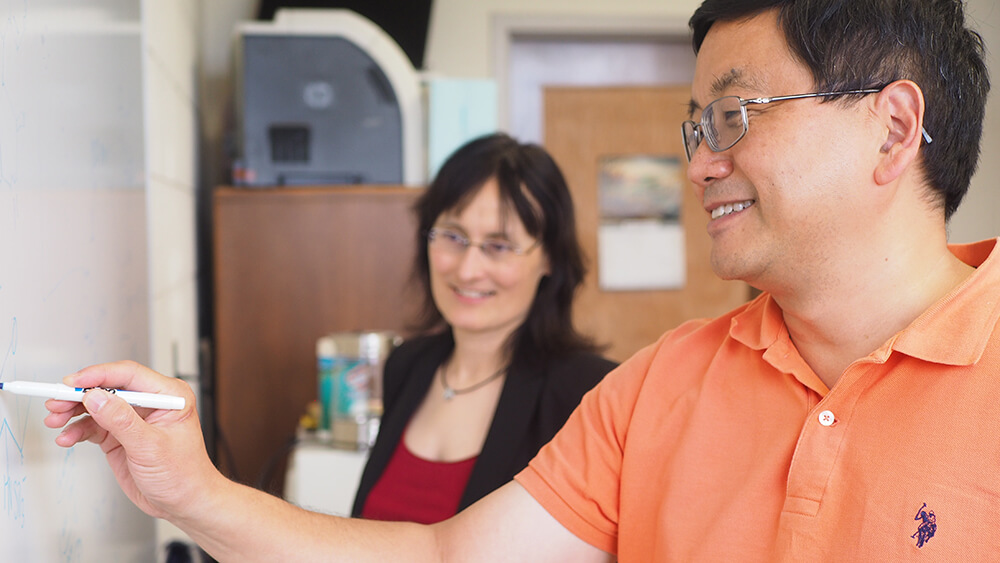
The collaboration includes laboratories led by Linda Hsieh-Wilson, a Milton and Rosalind Chang Professor of Chemistry at the California Institute of Technology; Jian Liu, a John and Deborah McNeill, Jr. Distinguished Professor at University of North Carolina, Chapel Hill; and Nicola Pohl a professor and Joan and Marvin Carmack Chair in the Department of Chemistry at Indiana University, Bloomington.
“Science can be very competitive at times, but when we started talking to each other, we realized this was a big enough problem,” Huang says. “We said, ‘What if we join forces instead of competing?’”
That collaborative approach has been a game-changer according to folks who have been following the team’s work. But, even for the uninitiated, it’s not hard to find evidence of the group’s success.
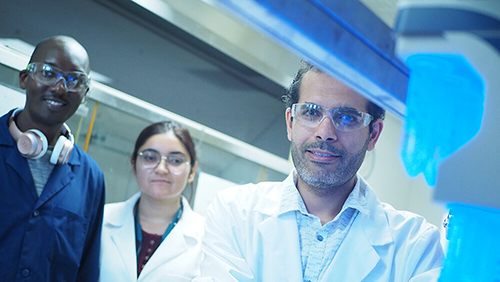
Recently, that includes publications in two prestigious research journals: Nature Chemistry and Angewandte Chemie (which is German for “applied chemistry”). The team has also generated patents and founded a company based on its work.
Driving these success stories are the team’s central goals: to develop technologies that make it easier for the entire research community to study glycans and their interactions, and to apply these technologies to determining how glycans regulate biological functions.
“To me, that’s what our research is all about — providing technologies that can enable the entire field,” Huang says.
Over the past decade, the team has built a solid foundation to do just that. With that foundation in place, the team is now accelerating innovation at an unparalleled pace.
“We’re taking on big problems and you can’t solve them overnight,” Huang says. “But we’re going to continue expanding on our effort and continue to build.”
The wake-up call
Huang’s research interest in carbohydrate chemistry took off when he joined the laboratory of Chi-Huey Wong at the renowned Scripps Research Institute as a postdoctoral fellow in 2000. Shortly after that, he’d launch his independent career as a faculty researcher at the University of Toledo before joining MSU in 2008.
That same year, a medical crisis struck the nation and shook Huang’s research community. An adulterated version of a drug known as heparin killed nearly 100 people in the U.S.
“Heparin is used in almost every surgery. Doctors use it to prevent blood clot formation,” Huang says. “It has a market of billions of dollars per year and it’s absolutely critical.”
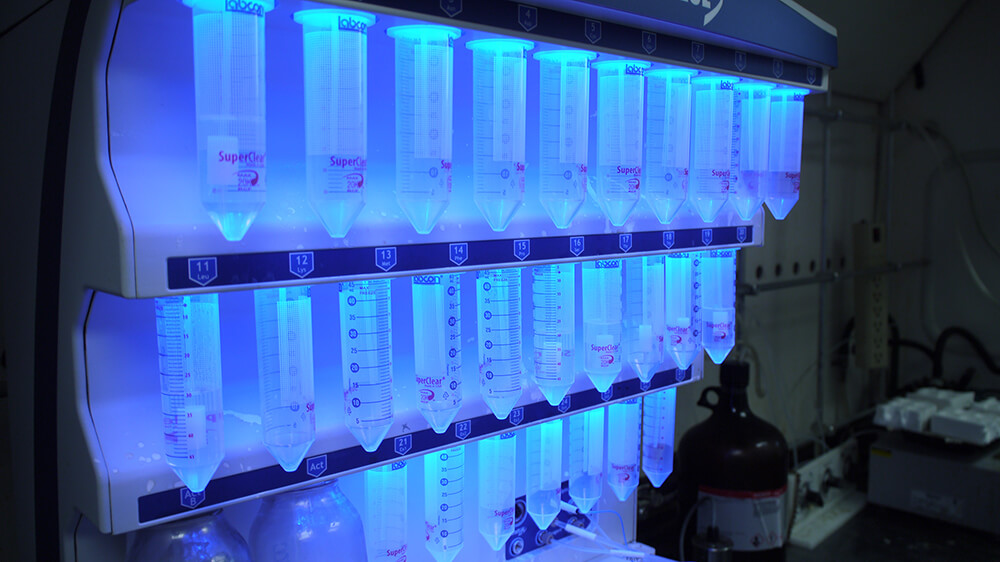
Heparin is made up of carbohydrates — specifically, naturally-occurring sugars known as glycosaminoglycans or GAGs. The GAGs in heparin are primarily sourced from pig intestines.
“Because heparin is a drug derived from animal tissue, it is not a single chemical, but a mixture of many similar chemical chains of different sizes,” wrote the U.S. Government Accountability Office in its 2010 report on the Food and Drug Administration’s response to the crisis.
At an early stage in the drug’s manufacturing process, which took place in China, the natural heparin was tainted with a synthetic molecule that proved to be harmful. That molecule bypassed conventional quality control measures until it was too late.
Contaminated heparin reached hundreds of patients, triggering allergic responses and other adverse reactions.
“That was a big wake-up call for the community,” Huang says.
Measures like product recalls and increased FDA oversight helped end the crisis, but the event underscored the pressing need for technical advances to make drugs like heparin safer.
The crisis brought an urgency and focus to the field, referred to as glycoscience, that it never experienced before. With that, researchers with different backgrounds started coming together to work toward shared goals.
The collaboration
Huang first met Liu and Hsieh-Wilson at a conference within about a year of the heparin crisis. Pohl would join the collaboration a few years later, through an introduction made by the National Institutes of Health.
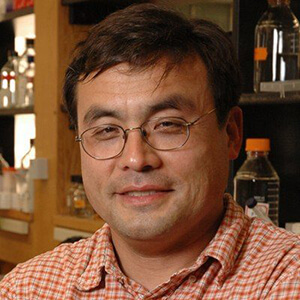
Although each researcher’s lab worked on making or synthesizing GAGs, that shared objective grew from different backgrounds.
Huang had been interested in developing new chemical methods to synthesize glycans.
Liu came to synthesis after studying how cells use enzymes to make these molecules and developed new methods to analyze their complex structures.
Pohl’s lab developed techniques to automate the chemical synthesis of molecules using machines and software.
Hsieh-Wilson studied neurobiology and became interested in glycan chemistry through their studies of glycan interactions within the brain.
“I think our collaboration has been successful because we share common interests,” Hsieh-Wilson says. “But our respective areas of expertise are also complementary. They overlap enough to share a common language and set of goals, yet they are distinct enough to bring different tools and perspectives to the table.”
The team’s technical goals focus on synthesizing different GAG molecules known as heparan sulfate, which are closely related to heparin. At a molecular level, heparan sulfate is a long, linked chain of repeating sugary subunits that can take on a variety of structures.

“Even when I was a Ph.D. student and a postdoc, there were very clear issues with heparan sulfate,” Liu says. “The core problem was the lack of knowledge about what these compounds looked like and how they worked.”
When Hsieh-Wilson, Liu and Huang came together to synthesize heparan sulfate compounds, they knew they would also need to describe the exact structure of their molecules.
That would make understanding a given molecule’s function a much more tractable problem. But tractable does not mean small.
Heparan sulfate can perform functions beyond preventing blood clots, like heparin does. Researchers are interested in these glycans for many other health applications, including drugs to help treat cancer, brain disease and autoimmune disorders.
That means scientists need to be able to account for how different GAG molecules interact with different biochemical environments in the body.
As Huang said earlier, the problems and opportunities of glycoscience are big enough to share. That’s why, from the beginning, he, Liu and Hsieh-Wilson also shared a goal of making their work as accessible as possible to their field.
To help realize that goal, Liu founded a company called Glycan Therapeutics with his UNC colleague Yongmei Xu and support from the federal Small Business Innovation Research, or SBIR, program.
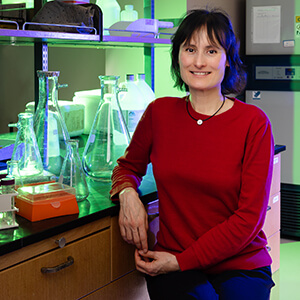
Like the individual researchers, the company shares an underlying interest in glycoscience and enabling its community to innovate faster, but it is also distinct from their academic endeavors.
As such, Glycan Therapeutics essentially became another collaborative entity. In 2019, the company secured a $2.7 million SBIR grant to help share the team’s heparan sulfate advances. The company contracts with researchers at universities around the world, thus making the molecules synthesized in their respective labs available for new cutting edge studies.
“We want to make sure that what we’ve developed becomes accessible,” Liu says. “Glycan Therapeutics became this vehicle we can use to deliver these molecules to the research community.”
Around the same time the company was launching, the nation’s health science leadership was also preparing to unveil a new program to shine a spotlight on glycans and integrate the study of these molecules with the broader research community. The NIH officially announced its Common Fund Glycoscience program in 2014, bringing more funding and opportunities for carbohydrate researchers to develop tools to study their synthesis and biological functions.
The program made understanding the complex structures and diverse functions of these important sugars a priority, while also putting an unprecedented emphasis on collaboration and developing enabling technologies for the field.
That happened to dovetail perfectly with how Huang and his colleagues operated. The team was set up not only to thrive in this new framework, but also serve as a model for what this approach to research could accomplish.
The moonshot
Pamela Marino was chief of the Biochemistry and Biorelated Chemistry Branch at the National Institute of General Medical Sciences, one of the National Institutes of Health. She was also the project team leader for the chemistry initiative of the Common Fund Glycoscience Program, or CFGSP.
She’s retired from those roles now, but she’s still active as a consultant — and as a fan of the collaboration between Huang, Liu, Hsieh-Wilson and Pohl, who were funded as a team through the NIH CFGSP.
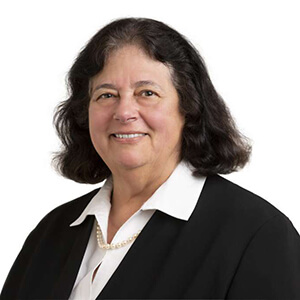
“I cannot say enough about that team of researchers,” Marino says. “They developed a very creative approach with tremendous potential to broadly expand the chemical space for GAGs, and that’s enabling researchers from many fields to do important biomedical research they couldn’t do before.”
The NIH Common Fund exists to “support bold scientific programs that … address high priority challenges” and its glycoscience program was no exception.
“The chemistry initiative was a moonshot for the program,” Marino says. “And the team went well beyond what we expected.”
The team says the environment the NIH program created was a big reason for that.
“That really helped kickstart our project,” Huang says. “The way it was organized, the way they had meetings and brought in people from other groups to contribute, it made the science go a lot faster.”
“The NIH essentially said, ‘If we’ve funded you, we’re expecting you to work with other people that we’ve funded,’” Pohl says. “That’s not how chemists have traditionally operated.”
All of the participants had to sign confidentiality agreements, Pohl says, which helped researchers who may have once regarded each other as competitors work together as collaborators. And that permeated programmatic meetings, with principal investigators, postdoctoral researchers and students sharing problems and offering ideas more candidly than they would have otherwise.
“In navigating through the intellectual environment Pamela Marino created, we learned to speak freely with each other,” Pohl says. “That was great in shaping the way we thought about approaching the problem.
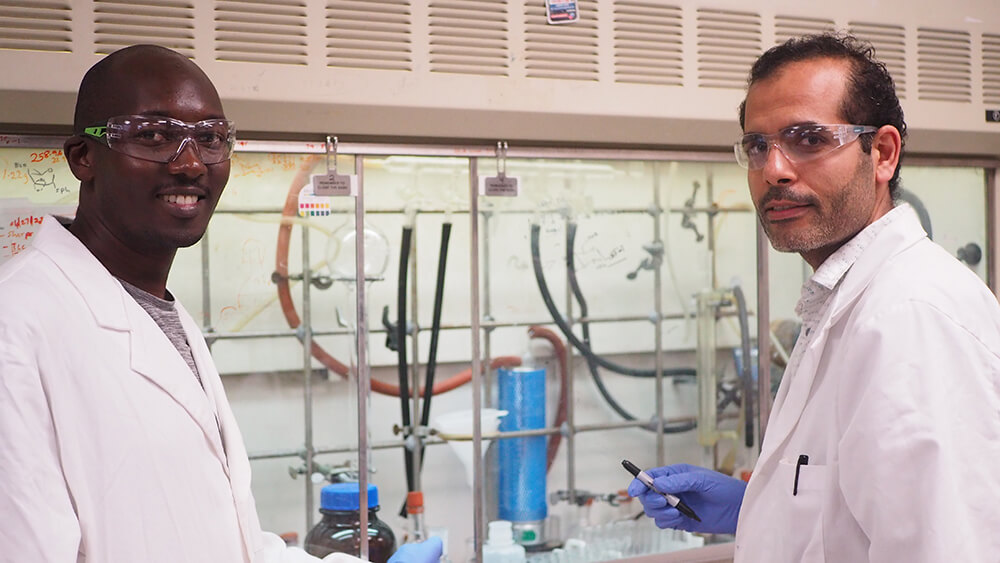
Although the Common Fund Glycoscience Program has concluded, it enabled Huang and his colleagues to build a foundation for their collaboration’s continuing success.
“We’ve set a new paradigm,” Marino says. “This is truly a national team solving a major problem.”
That’s evidenced by Glycan Therapeutics bringing products to market based on the team’s research as well as the researchers’ two recent publications in scientific journals. Each report introduces a synthetic library of 64 heparan sulfate compounds for a total of 128 GAG molecules of pure and defined structures.
In publishing the libraries, the team is further accelerating the work of identifying the structures’ biological functions.
“We are using these libraries to study the interaction of GAGs with various proteins, including proteins of high therapeutic interest,” Hsieh-Wilson says.
She adds that the libraries will enable more systematic studies of structure and function of heparan sulfate, helping researchers look for shared motifs and principles to understand how these sugars work more generally.
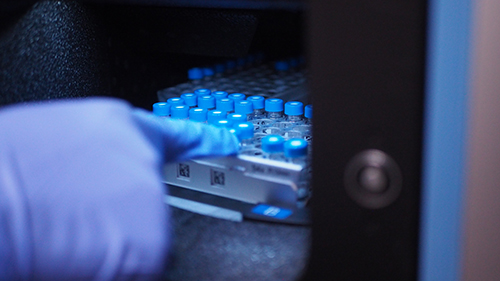
And the libraries aren’t just valuable for the molecules they contain. The group’s also innovating how glycan synthesis is done, developing approaches to make it easier, more reproducible and more affordable for the field.
“When we make these compounds easier to synthesize, they become a lot cheaper to make, which is going to help more researchers test their function,” Liu says.
In the immediate future, the team is working to build up the library of structures — Huang says the next milestone will be 256 structures — to push open the doors of drug discovery that much further.
“We believe this can be a model for the discovery of new heparan based therapeutics,” Huang says. “There is power in numbers.”
It takes a moment to realize he’s not just talking about the size of the library, but about the team’s collaborative approach to glycan chemistry.
And both the library and the number of people taking advantage of it are growing.
As we conclude our interview, Huang starts preparing for a call with a researcher in China who is looking for a specific heparan sulfate molecule to bind to a protein of interest.